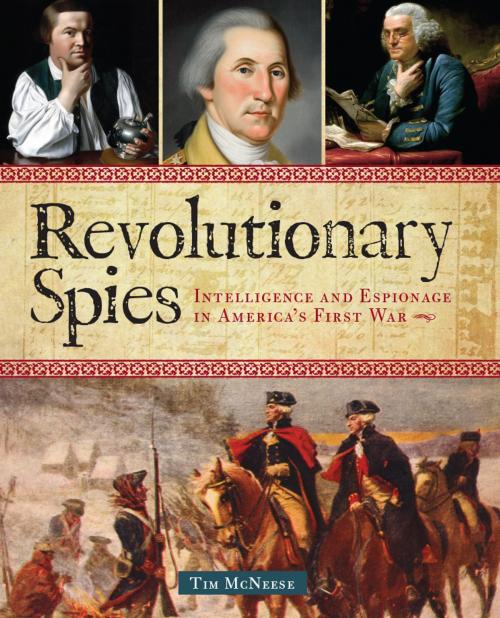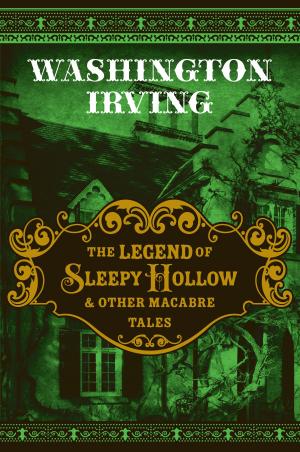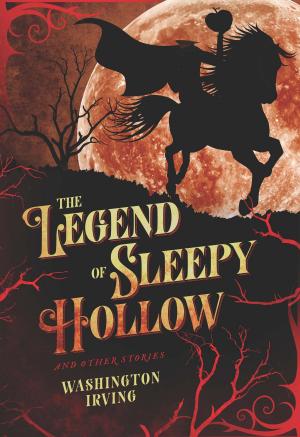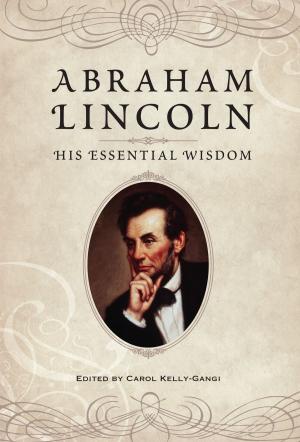Revolutionary Spies
Intelligence and Espionage in America's First War
Nonfiction, History, Americas, United States, Revolutionary Period (1775-1800)| Author: | Tim McNeese | ISBN: | 9781435160316 |
| Publisher: | Fall River Press | Publication: | October 5, 2015 |
| Imprint: | Fall River Press | Language: | English |
| Author: | Tim McNeese |
| ISBN: | 9781435160316 |
| Publisher: | Fall River Press |
| Publication: | October 5, 2015 |
| Imprint: | Fall River Press |
| Language: | English |
Spies for America
The American Revolution was unprecedented in the history of mankind. Never before had a democratically organized people rose up against and defeated a European empire. Not surprisingly, then, its history is filled with dramatic moments, from the signing of the Declaration of Independence to the battles of Bunker Hill and Fort Ticonderoga and the British surrender at Yorktown.
But some of the more fascinating events of the Revolution took place out of the spotlight, in the shadow world of spies. The leader of the Continental Army, George Washington, had learned the importance of espionage while on intelligence missions for the British during the French and Indian War. Washington knew that to counterbalance the larger, better-trained and better-equipped British Army, his forces would need every bit of intelligence they could scrape together. To that end, he enlisted scores of rebel operatives to work as code makers and to carry out dangerous missions as spies and couriers.
In Revolutionary Spies, historian Tim McNeese tells the stories of the brave and daring men and women who constituted Washington’s intelligence networks, such as the Boston-area Mechanics (whose numbers included Paul Revere) and the famous Culper Ring. McNeese also includes portraits of well-known double agents, traitors, and overseas operatives such as Dr. Benjamin Church, Benedict Arnold, and Benjamin Franklin. Additionally, the book examines code-making methods and how the espionage techniques utilized by Washington’s networks prefigured those still in use by the Central Intelligence Agency and National Security Agency.
Vividly written and filled with dramatic and little-known historical vignettes, Revolutionary Spies tells the story of the American Revolution in a completely new way.
The American Revolution was unprecedented in the history of mankind. Never before had a democratically organized people rose up against and defeated a European empire. Not surprisingly, then, its history is filled with dramatic moments, from the signing of the Declaration of Independence to the battles of Bunker Hill and Fort Ticonderoga and the British surrender at Yorktown.
But some of the more fascinating events of the Revolution took place out of the spotlight, in the shadow world of spies. The leader of the Continental Army, George Washington, had learned the importance of espionage while on intelligence missions for the British during the French and Indian War. Washington knew that to counterbalance the larger, better-trained and better-equipped British Army, his forces would need every bit of intelligence they could scrape together. To that end, he enlisted scores of rebel operatives to work as code makers and to carry out dangerous missions as spies and couriers.
In Revolutionary Spies, historian Tim McNeese tells the stories of the brave and daring men and women who constituted Washington’s intelligence networks, such as the Boston-area Mechanics (whose numbers included Paul Revere) and the famous Culper Ring. McNeese also includes portraits of well-known double agents, traitors, and overseas operatives such as Dr. Benjamin Church, Benedict Arnold, and Benjamin Franklin. Additionally, the book examines code-making methods and how the espionage techniques utilized by Washington’s networks prefigured those still in use by the Central Intelligence Agency and National Security Agency.
Vividly written and filled with dramatic and little-known historical vignettes, Revolutionary Spies tells the story of the American Revolution in a completely new way.
Spies for America
The American Revolution was unprecedented in the history of mankind. Never before had a democratically organized people rose up against and defeated a European empire. Not surprisingly, then, its history is filled with dramatic moments, from the signing of the Declaration of Independence to the battles of Bunker Hill and Fort Ticonderoga and the British surrender at Yorktown.
But some of the more fascinating events of the Revolution took place out of the spotlight, in the shadow world of spies. The leader of the Continental Army, George Washington, had learned the importance of espionage while on intelligence missions for the British during the French and Indian War. Washington knew that to counterbalance the larger, better-trained and better-equipped British Army, his forces would need every bit of intelligence they could scrape together. To that end, he enlisted scores of rebel operatives to work as code makers and to carry out dangerous missions as spies and couriers.
In Revolutionary Spies, historian Tim McNeese tells the stories of the brave and daring men and women who constituted Washington’s intelligence networks, such as the Boston-area Mechanics (whose numbers included Paul Revere) and the famous Culper Ring. McNeese also includes portraits of well-known double agents, traitors, and overseas operatives such as Dr. Benjamin Church, Benedict Arnold, and Benjamin Franklin. Additionally, the book examines code-making methods and how the espionage techniques utilized by Washington’s networks prefigured those still in use by the Central Intelligence Agency and National Security Agency.
Vividly written and filled with dramatic and little-known historical vignettes, Revolutionary Spies tells the story of the American Revolution in a completely new way.
The American Revolution was unprecedented in the history of mankind. Never before had a democratically organized people rose up against and defeated a European empire. Not surprisingly, then, its history is filled with dramatic moments, from the signing of the Declaration of Independence to the battles of Bunker Hill and Fort Ticonderoga and the British surrender at Yorktown.
But some of the more fascinating events of the Revolution took place out of the spotlight, in the shadow world of spies. The leader of the Continental Army, George Washington, had learned the importance of espionage while on intelligence missions for the British during the French and Indian War. Washington knew that to counterbalance the larger, better-trained and better-equipped British Army, his forces would need every bit of intelligence they could scrape together. To that end, he enlisted scores of rebel operatives to work as code makers and to carry out dangerous missions as spies and couriers.
In Revolutionary Spies, historian Tim McNeese tells the stories of the brave and daring men and women who constituted Washington’s intelligence networks, such as the Boston-area Mechanics (whose numbers included Paul Revere) and the famous Culper Ring. McNeese also includes portraits of well-known double agents, traitors, and overseas operatives such as Dr. Benjamin Church, Benedict Arnold, and Benjamin Franklin. Additionally, the book examines code-making methods and how the espionage techniques utilized by Washington’s networks prefigured those still in use by the Central Intelligence Agency and National Security Agency.
Vividly written and filled with dramatic and little-known historical vignettes, Revolutionary Spies tells the story of the American Revolution in a completely new way.















